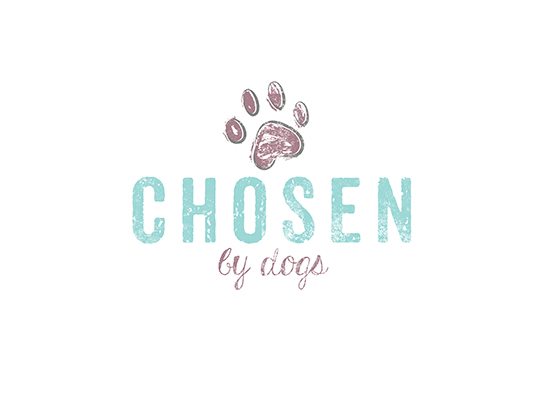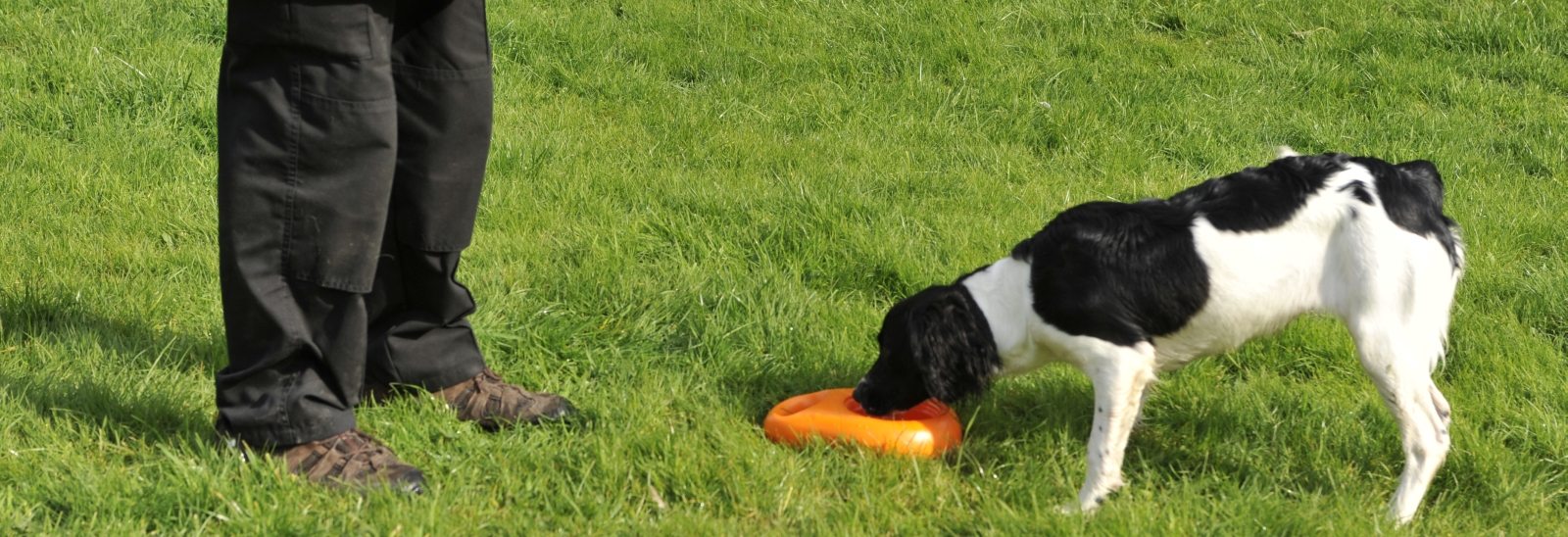Canicross (or CaniX or cani-cross) is a fast-growing activity in which people run with their dogs. That’s the no-brainer explanation.
The difficulties with beginning to participate in canicross begin when people who are already runners see someone running with a dog and decide that they’d also like a running companion. So far so good, because we all know that most dogs run like the clappers.
While it’s true that a dog will leave a human stranded in a dust cloud in a sprint, many dogs are less able to keep up with runners who cover 10 miles at sub-7-minute miles. In some cases the dog will keep up but be struggling, putting unwarranted (and unsafe) strain on his heart.
Health
Overheating is also an issue over longer running distances, which can also harm your dog. Remember that dogs only sweat through their paws and clear the majority of excess body heat by panting. If a dog is unable to exhale heat faster than it’s heating up through exercise it will very quickly get into difficulty.
A dog’s ‘normal’ temperature is 101.5°F. An increase of only two degrees will cause discomfort and four degrees, at 105.5°F, is edging towards the danger zone of what’s classed as severe overheating.
Suitable Breeds
One popular breed for canicross is the Malinois and another is the German Shorthaired Pointer. Seen less often, but ideally suited to covering distances at running speeds, are Harriers. All are examples of medium-sized breeds and are known for their athleticism. Larger breeds may struggle at speed over distance, particularly with weight-associated joint problems, while small breeds may want to be carried after a while – particularly if you’re a seasoned fast runner.
For those who don’t run competitively and only want to jog a couple of miles to maintain fitness, almost all dogs will be suitable.
Equipment
Equipment choices should be made based on what suits you and your dog. Some dogs are so bomb-proof that their owners are completely comfortable running them off-lead, but not all dogs are built (or trained) to be that way.
If you need your dog on a tether, you can hold a lead in your hand or, if that impacts on your running style, wear a waist harness to fix the lead to. If you’re worried about your dog becoming too enthusiastic about the run, a chest harness will reduce their eagerness to pull.
It may take a little trial and error to find which combination suits you both.
There is, really, only one thing that’s essential to have with you when you run with your dog – cold water for the dog.
Happy running.
PS – Do bear in mind that your running companion will retire before you do.




You must be logged in to post a comment.